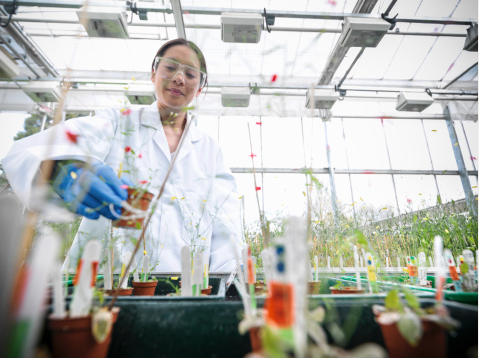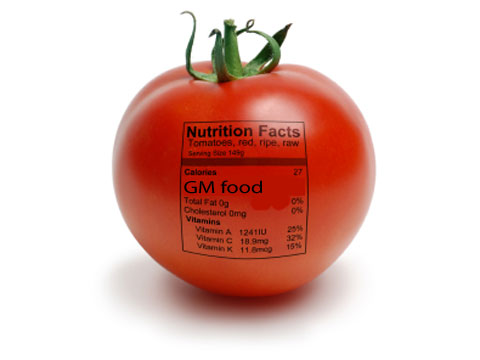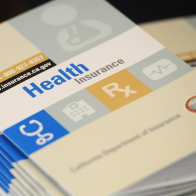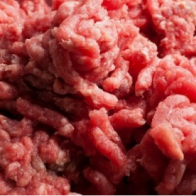
The blogs are buzzing, the columnists are arguing and to be completely honest with you the controversy surrounding the GMO debate can leave your head spinning if you’re not careful about how you decipher the wealth of information.
The most pertinent piece of this debate borders on whether these engineered food products are creating long-term health problems and whether we should stand up to the lack of government regulation for knowing exactly what’s in our food.
Let’s break down the GMO debate with answers to a few simple questions:
What are GMOs?

Genetically modified organisms refer to organisms that have been altered through bio-engineering in scientists successful attempt at increasing nutrition value and saving farmers time and money by growing produce that is resistant from insects and will last longer en route to the grocery store.
Up to 80 percent of food produced and packaged in America contains GMOs, even some of those precious “natural” products we’ve come to know, love and ultimately trust.
Currently, the European Union, Japan, China, India, and Australia require labeling to identify GM foods. Here in America and in Canada no such labeling is required.
How do they affect our health?

According to an article on Forbes.com, concerns about GMOs in food range from potential health risks to environmental impacts such as the increased use of pesticides and the loss of biodiversity. The overall health impact of GMOs is unknown but a study released earlier this year claims that agricultural giant Monsato’s genetically modified corn was found to cause organ failure in rats.
The Food and Drug Administration does not require food manufactures to label their products as GMOs keeping many of us in the dark about what’s really in our products. And because word like “natural” and “made with whole grains” have no legal definition, we as consumers are being mislead every time we purchase products that we think are good for us but contain a small percentage of what it actually claims to contain.
Who’s taking action to have our food labeled?

Proposition 37, the California state initiative to label genetically engineered food on the November ballot have special interest groups and angry consumers working hard to know exactly what’s in the food they’ve been feeding to their families for decades. If Prop 37 passes in the November election, California will be the first state to require GMO labeling.
How can we avoid GMOs?
 While it can be a challenge to find foods that haven’t been altered in some way or another before even reaching us at the grocery store, it’s not entirely impossible. Here are four easy ways to avoid GMOs in your foods:
While it can be a challenge to find foods that haven’t been altered in some way or another before even reaching us at the grocery store, it’s not entirely impossible. Here are four easy ways to avoid GMOs in your foods:
- Purchase USDA certified organic foods since these foods are not allowed to contain GMO ingredients.
- Steer clear of the most common GMO crops which include soy, cotton, canola, and corn.
- Ditch processed or packaged foods which are typically corn-based.
- Download a list of foods to avoid from the Non-GMO shopping guide for a reference of foods that contain and don’t contain GMOs.
Are you concerned about GMOs?







I am absolutely concerned. Organ failure is serious. The U.S. incidences on cancer are proof enough that our environment, including our food, has been negatively and fatally affecting our health. Thank you for the information!